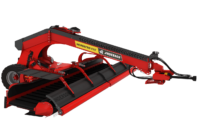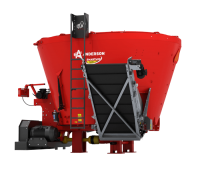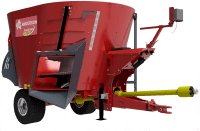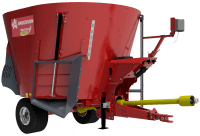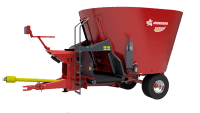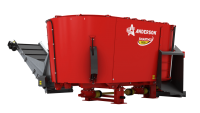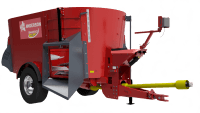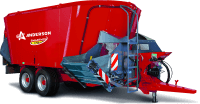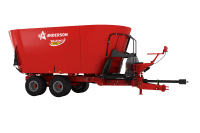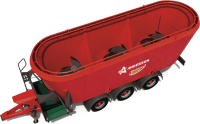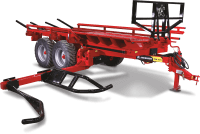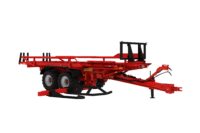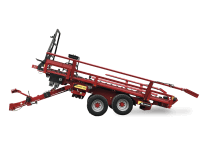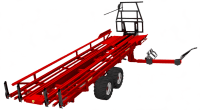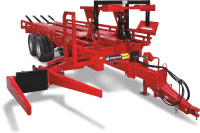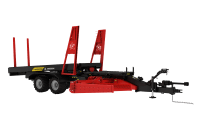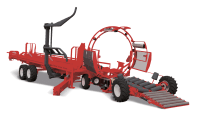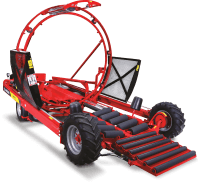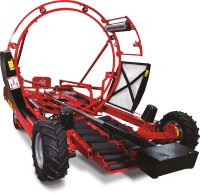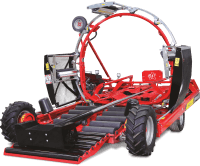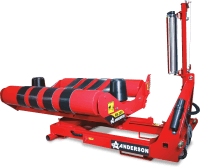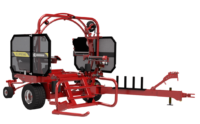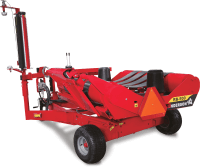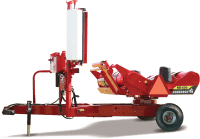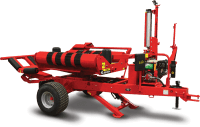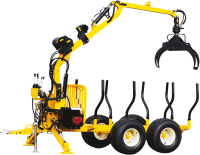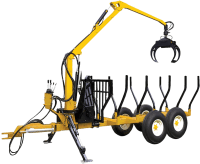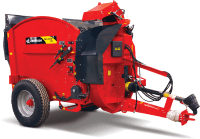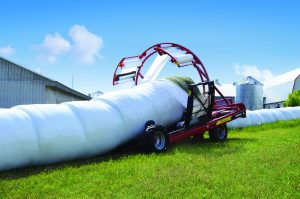What's up?
The Benefits of Wrapping Dry Hay
Is it possible to use dry hay wrapping as an alternative to storing it indoors?
When it comes to hay production, we are well aware of the critical role that hay plays in the livestock industry. Hay is a staple feed for many animals, providing essential nutrients and energy. However, one lesser-known practice that has been gaining traction in recent years is wrapping dry hay. This technique involves wrapping baled hay in plastic film to create an weather-resistant packages. While it may seem like an extra step in the hay-making process, wrapping dry hay offers a plethora of benefits that can greatly enhance both the quality of the feed and the efficiency of the overall farming operation.
What is the optimal moisture content of a DRy HAY BALE vs a WET SILAGE BALE ?
The optimal moisture content for dry hay bales typically ranges between 12% and 16%. In contrast, for silage or wet hay bales, the ideal moisture content is higher, falling within the range of 35% to 55%. The variance in moisture content is due to the different preservation methods and storage conditions for each type of bale. Dry hay requires lower moisture levels to prevent mold growth and maintain quality during storage. Excessive moisture in dry hay can lead to mold and heat generation and the risk of spontaneous combustion. Therefore, the emphasis is on keeping moisture levels relatively low.
On the other hand, silage or wet hay bales thrive in higher moisture conditions (35-55%). This moisture content is necessary for the fermentation process, which ensiles the forage and preserves it for longer durations. The increased moisture promotes the growth of beneficial lactic acid bacteria, which aids in the fermentation and storage of the silage bales.
In summary, while dry hay bales require lower moisture content (12-16%) to prevent deterioration, silage or wet hay bales benefit from higher moisture levels (35-55%) to facilitate fermentation and preservation. Preserving bales from air exposure is crucial across all moisture levels.The differing moisture requirements cater to the specific needs of each preservation method.
Plastic wrap thickness & layers
Generally it is suggested to put as much plastic on dry hay as it is to baleage. Dry hay needs to breath and and we will explain how to make sure it does for storage. If you plan on storing the dry hay for extended periods of time ( 2 seasons or more) we would recommend that you up the layering and use the same amount that is used on baleage (6 layers). This is due to the holes that can be created my mice or other predators. This would suit as economical insurance of coverage of your bales for longer periods of time.
Like we said before, dry hay needs to be treated totally differently than high moiture wet bales, dry hay needs to breath. To promote ventilation between bales, when wrapped inline, make a vertical cut of about 12 inches on the side in the joint between each bale. Making this cut in the plastic will help make the bale breath and prevent that moisture trying to get out at the top of the bale, and will allow it to escape on its side. Making the cut along the bottom side is better than at the top of the bale, to prevent rainfall from entering. A thin layer of white mold may still appear on the outer top surface of each bale, any associated losses are likely to be much lower than leaving hay unwrapped and stored outdoors. Wrapping dry hay with moisture levels exceeding approximately 16% will result in more significant mold formation.

ADVANTAGES OF WRAPPING DRY HAY :
Preservation of Nutrient Value
- One of the most significant advantages of wrapping dry hay is its ability to preserve the nutrient value of the feed. Hay bales exposed to the elements are susceptible to moisture, which can lead to mold and bacterial growth. Wrapping the bales in plastic film creates a barrier that protects the hay from rain and humidity, maintaining its nutritional content. This preservation is crucial because hay that retains its nutrient value can provide animals with the necessary vitamins, minerals, and energy, contributing to their overall health and productivity.
Enhanced Digestibility
- Another compelling benefit of wrapping dry hay is the improvement in digestibility for animals. Mold growth in hay can introduce harmful toxins that adversely affect animal health. Wrapped bales are far less likely to harbor these toxins, resulting in improved digestibility and a reduced risk of digestive issues. Livestock consuming high-quality, mold-free hay are more likely to thrive and experience better growth rates.
Reduced Storage Losses
- Traditional methods of storing hay often result in significant losses, between 25-30% due to weather-related deterioration. Rain-soaked bales can become unusable, leading to financial losses. By wrapping dry hay, these storage losses are drastically minimized. The plastic barrier prevents water from penetrating the bales, ensuring that the hay remains in optimal condition until it’s ready to be fed to the animals. This reduction in storage losses can lead to cost savings and increased profitability for farmers.
In conclusion
While the practice of wrapping dry hay might initially seem like an extra step in the hay-making process, the benefits it offers make it a valuable technique for all hay producers. From preserving nutrient value and reducing storage losses for up to 30% and to enhancing digestibility , wrapping dry hay has the potential to revolutionize the way we produce and use this essential feed. As the agricultural industry continues to evolve, embracing innovative practices like wrapping dry hay can contribute to more efficient and sustainable farming operations, ultimately benefiting both farmers and the animals they care for.
For any questions on wrapping Dry Hay, ask your Anderson Group professional nearest you or contact us at info@grpanderson.com
The information presented above was created from our Anderson Group staff and professionals as well as third party sources. This article includes observations, advice, or experiences from Anderson Group as well as a third party, and these do not necessarily represent the views of Anderson Group, its affiliates, or dealers.


